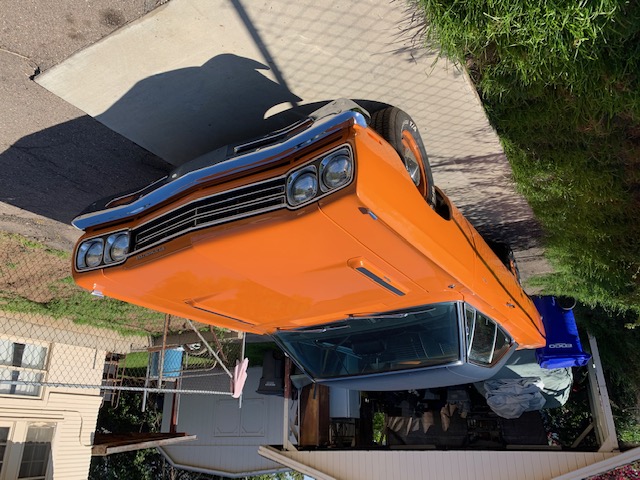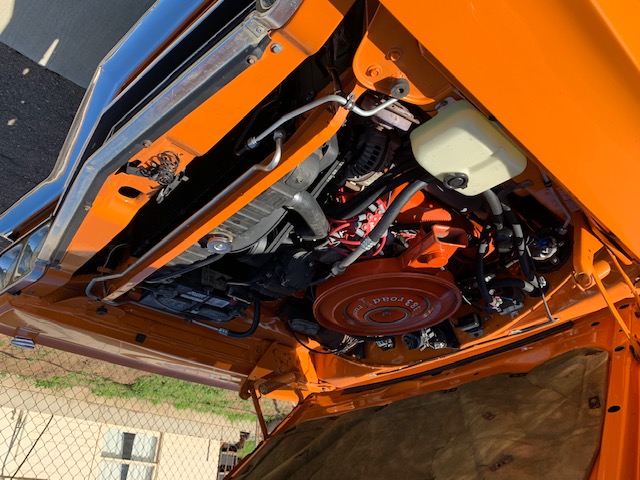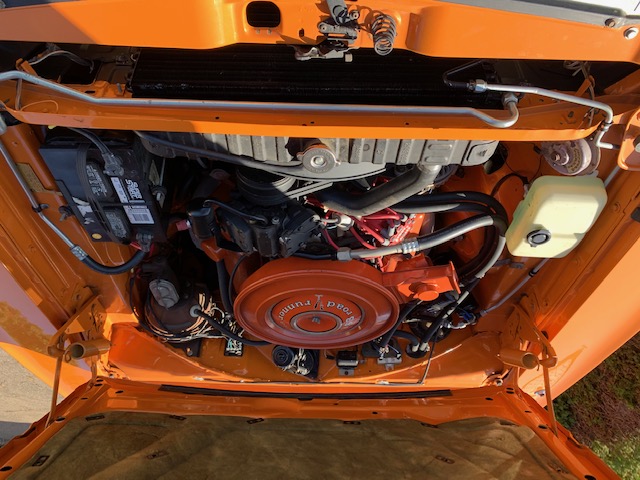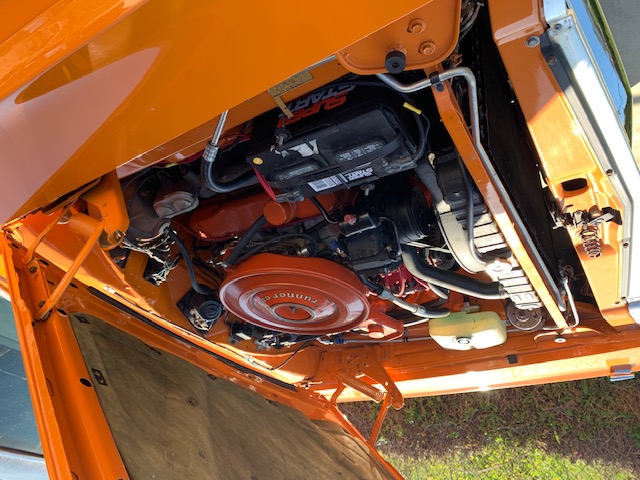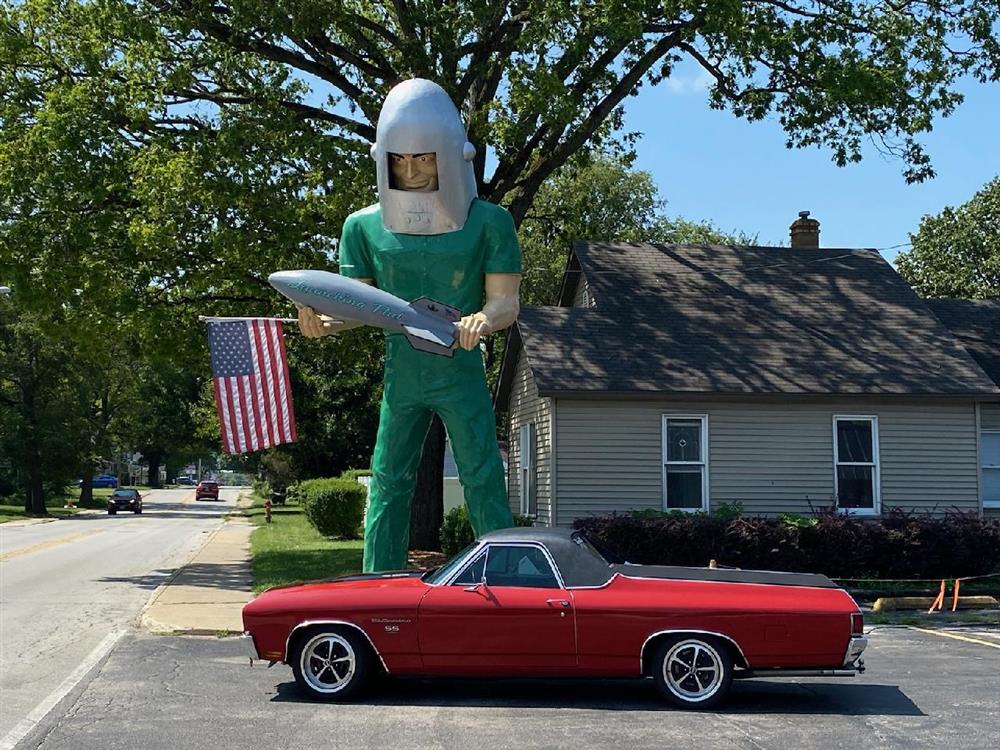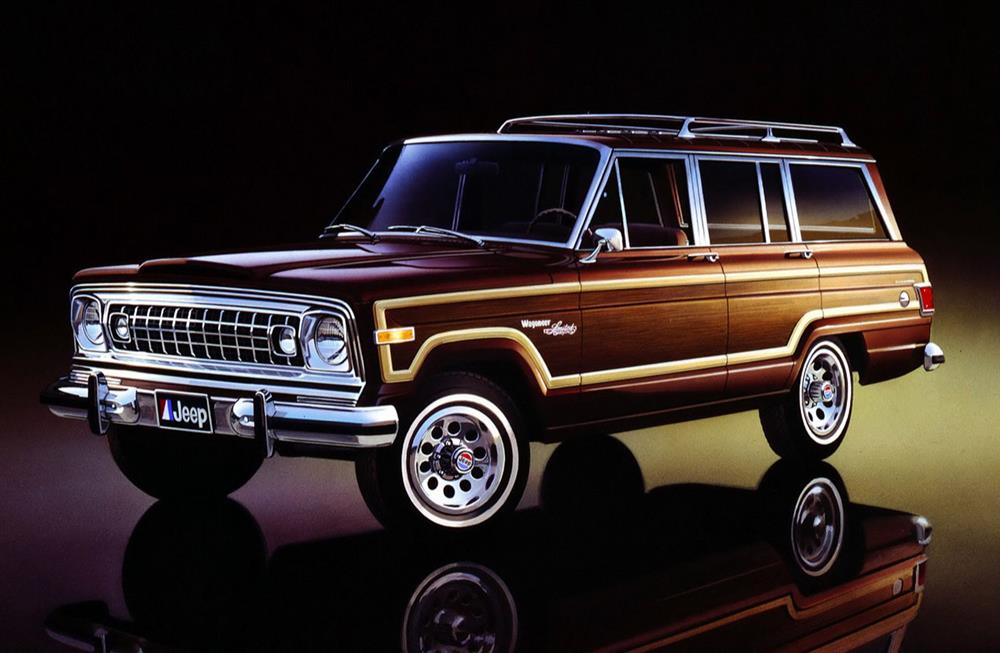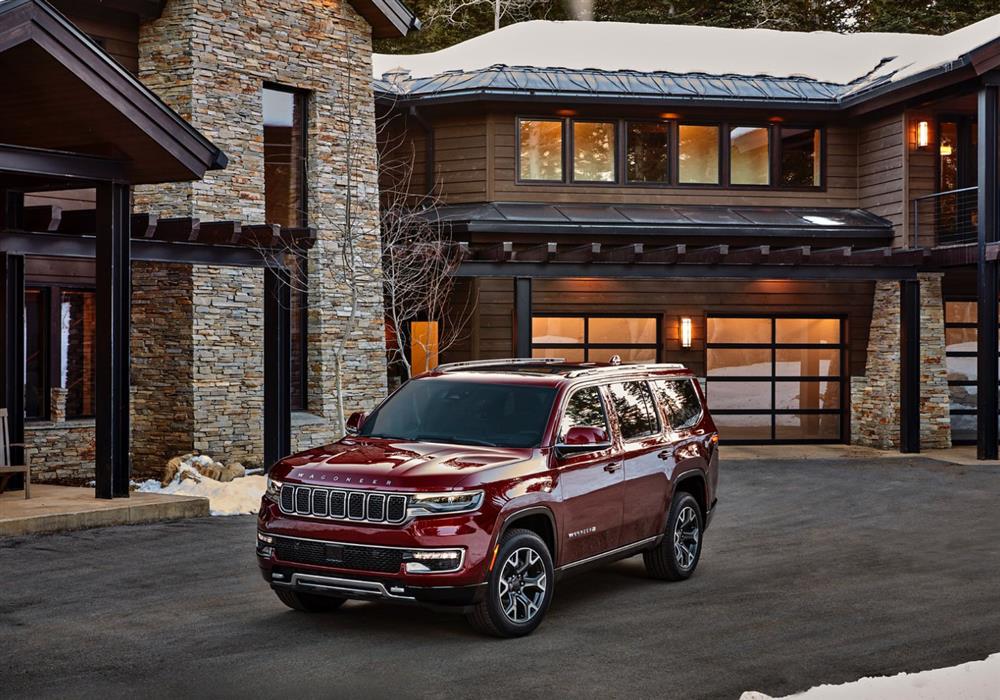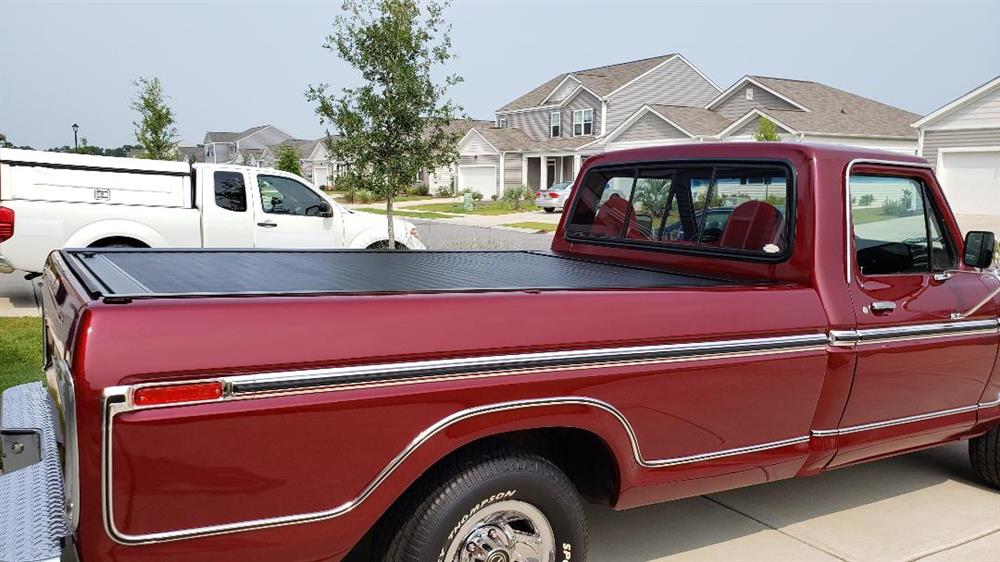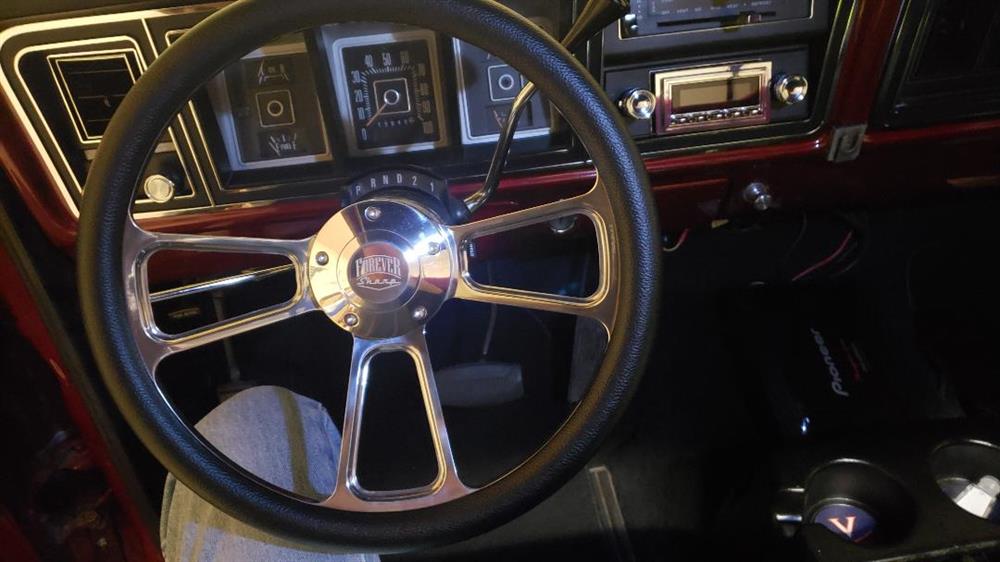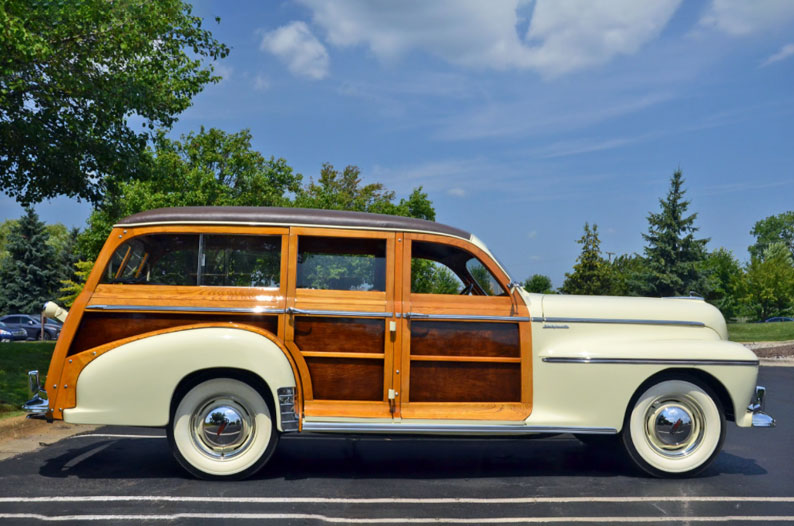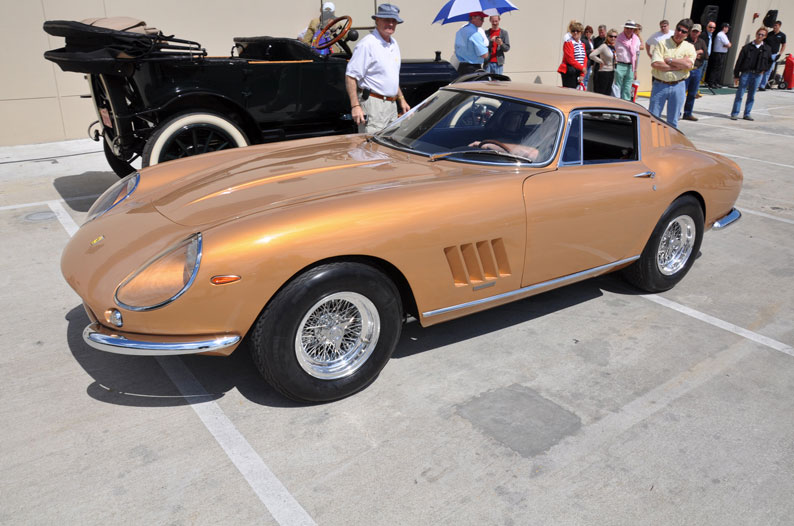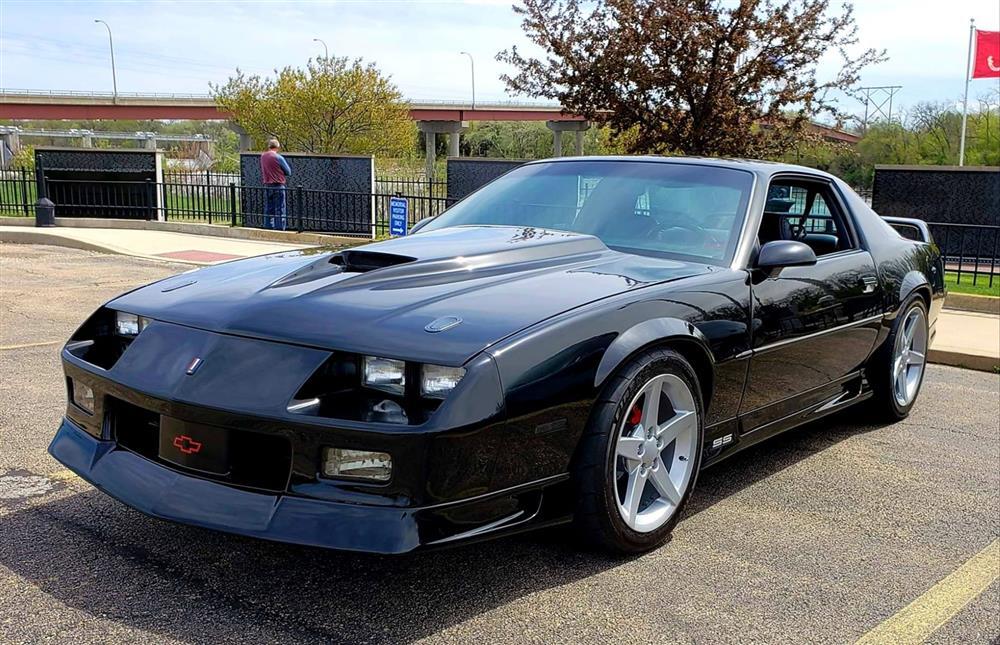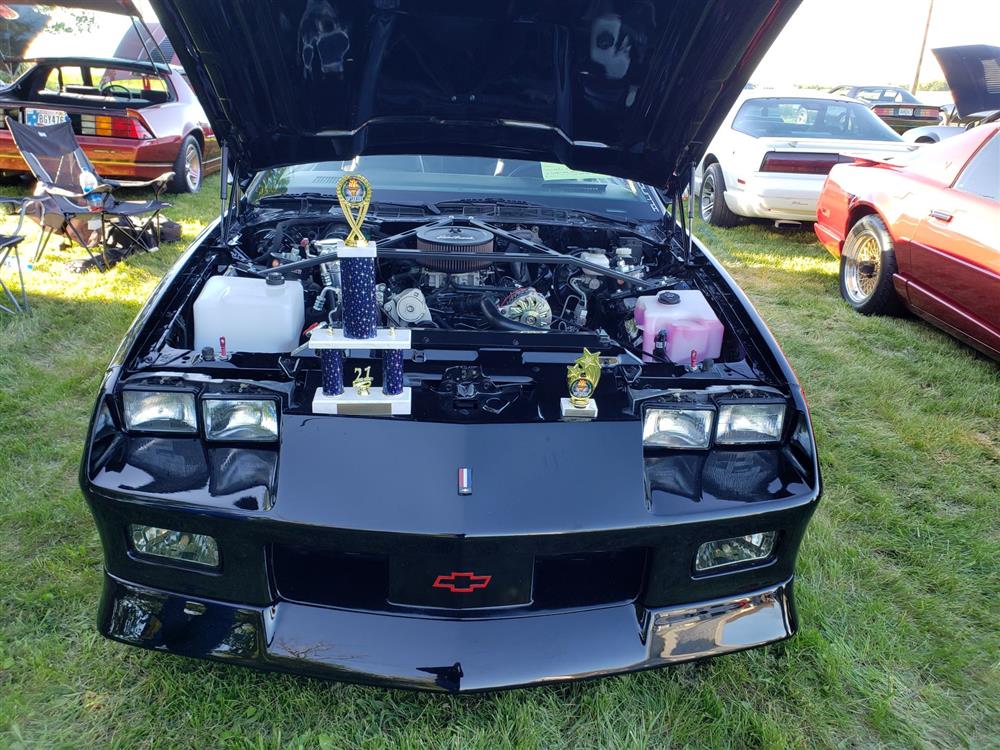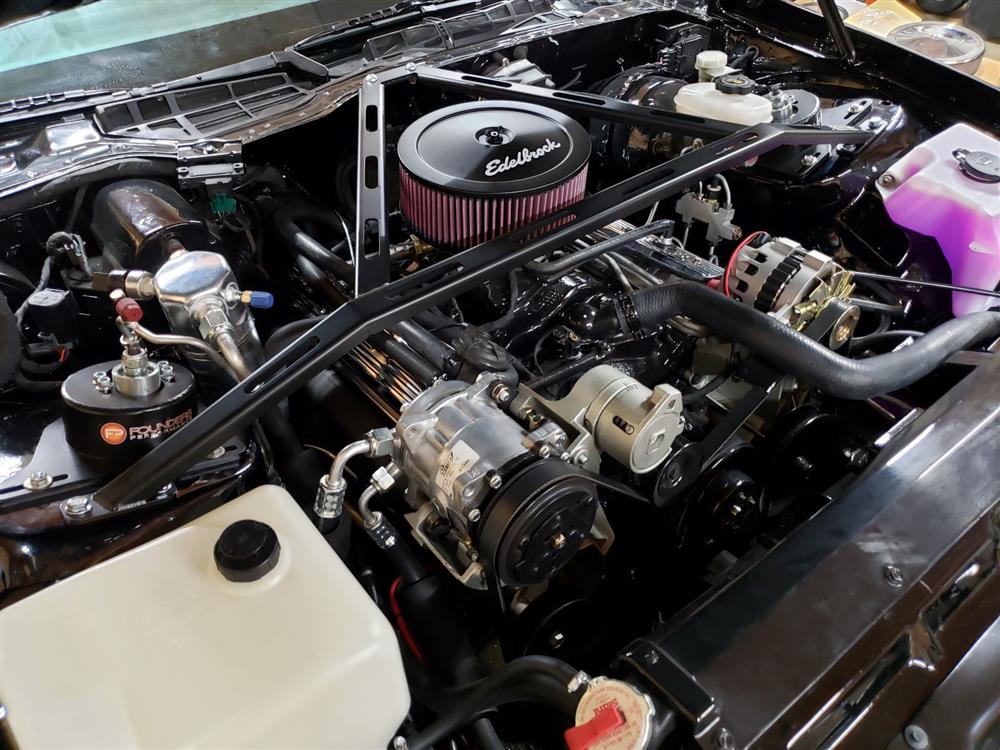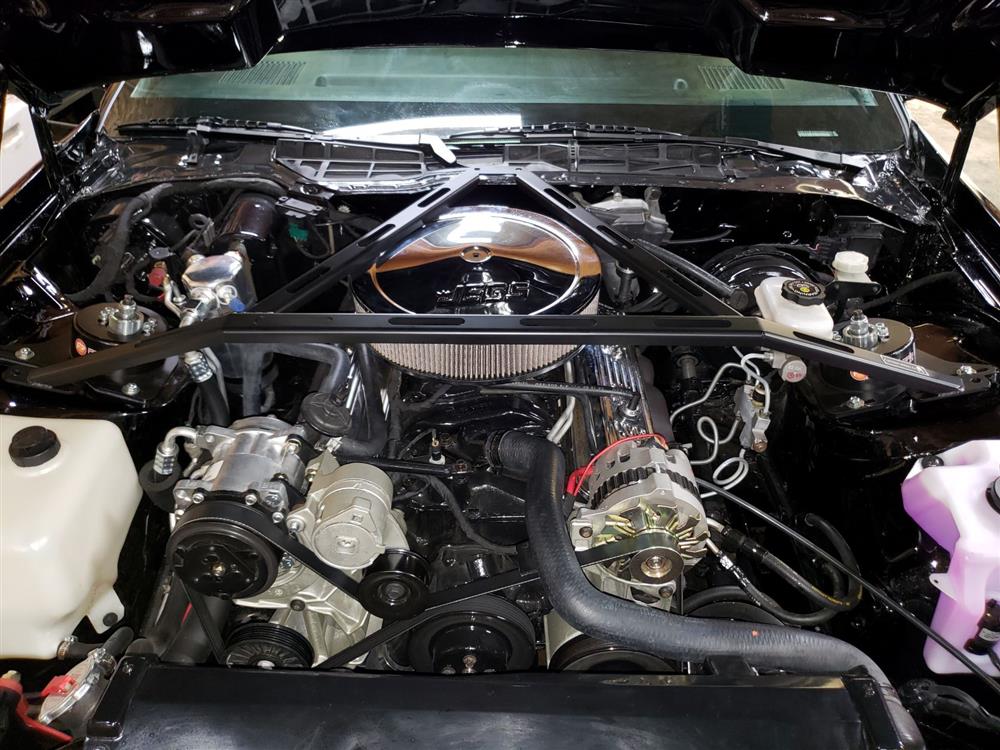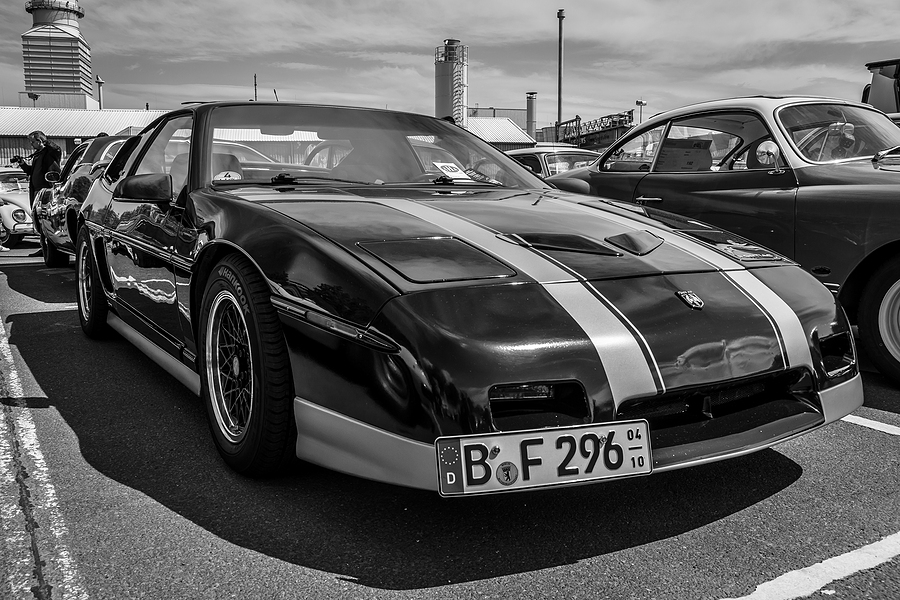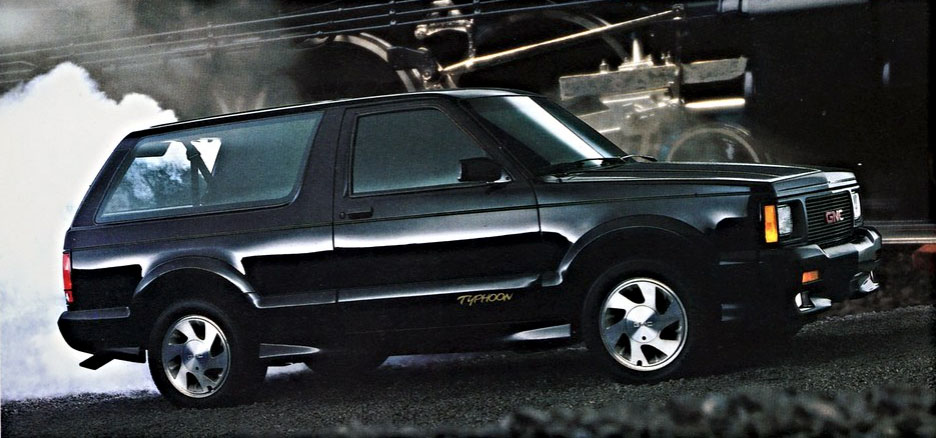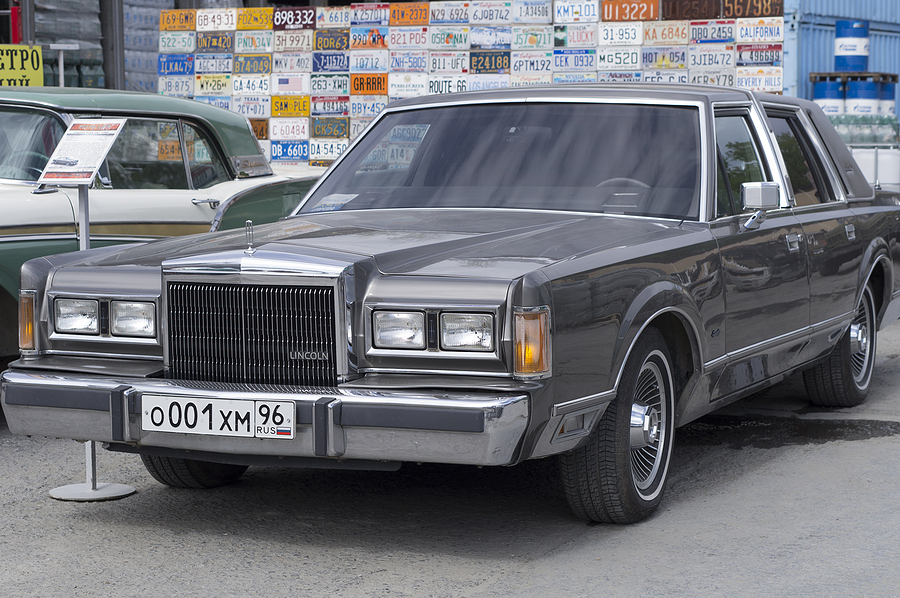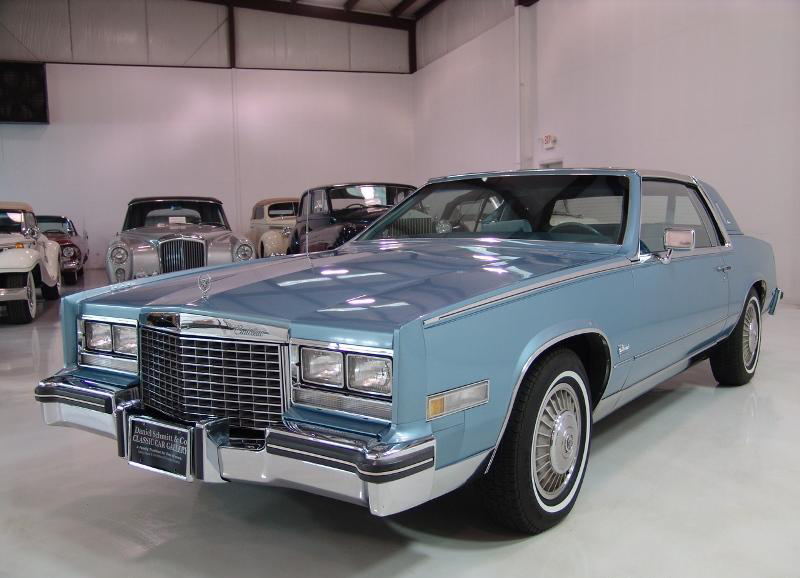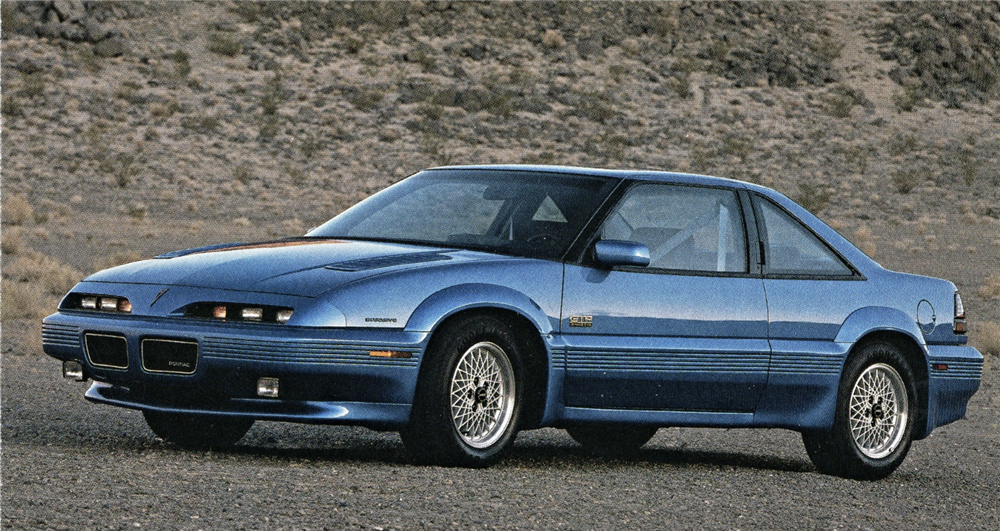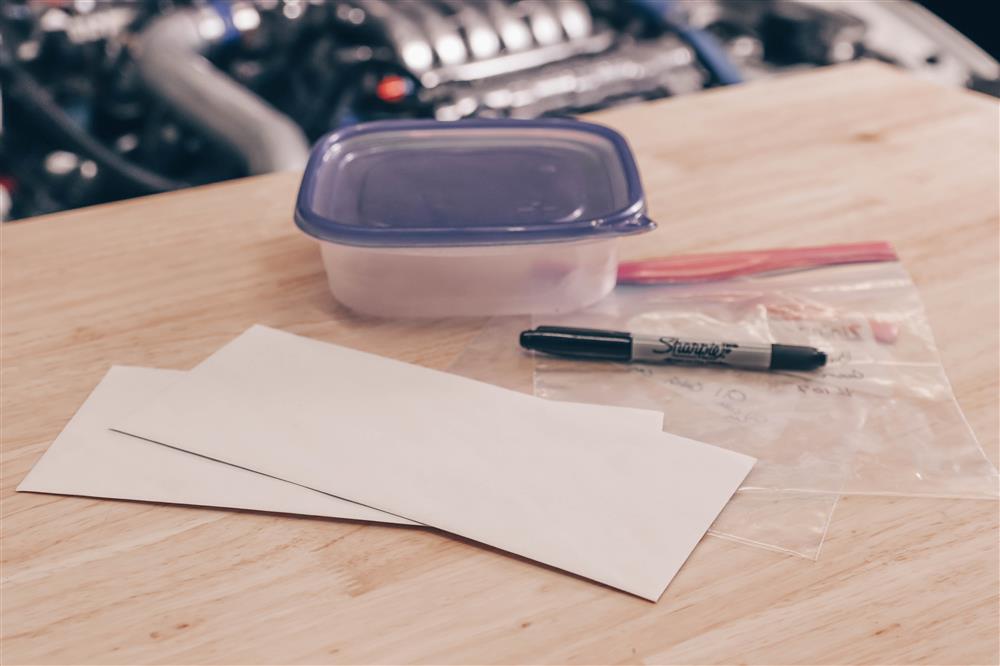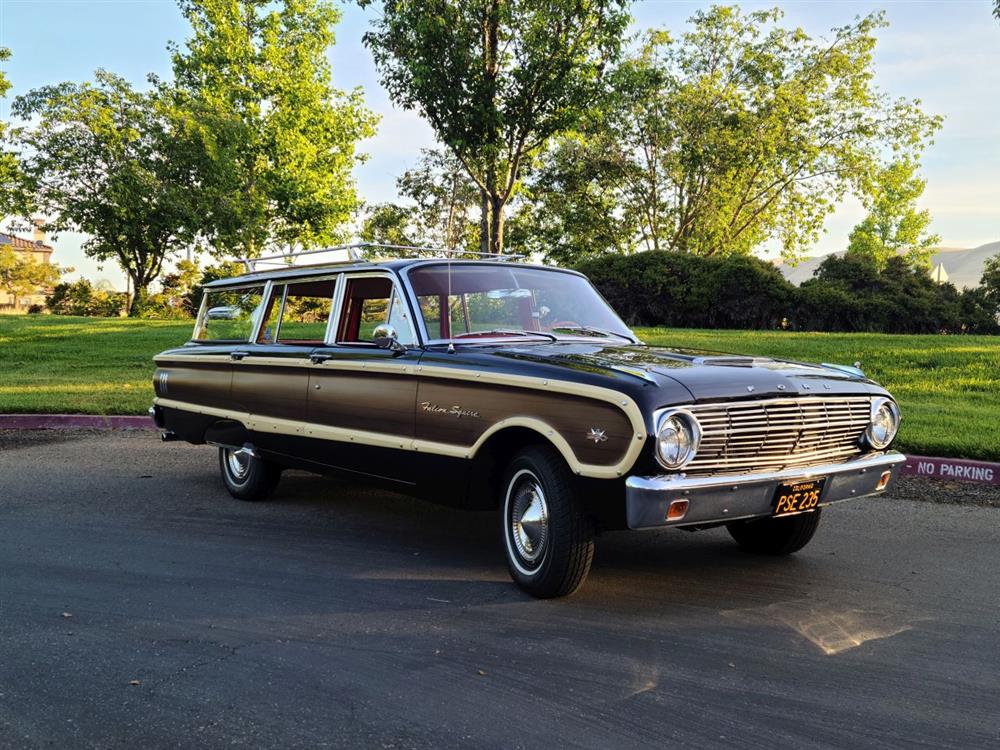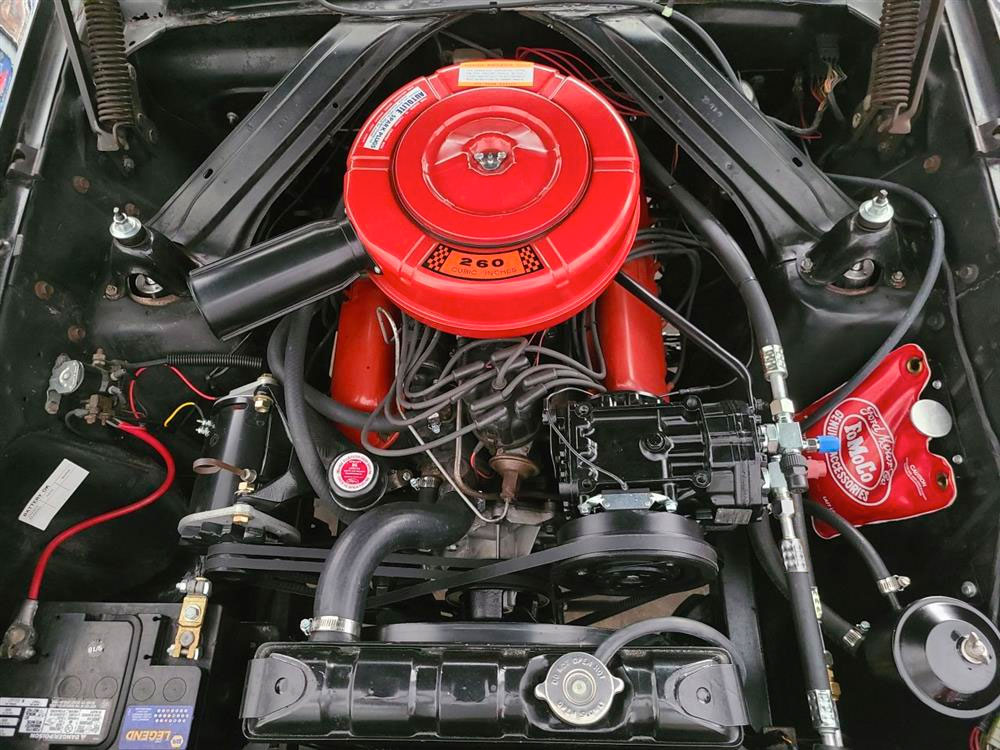A History of the Three Point Seatbelt
60 years ago, the world became much safer with the invention of the three-point seatbelt. It’s still recognized today as the world’s most important traffic safety invention, saving an estimate of over one million lives in total.
Choosing to use your seatbelt can also be choosing between life and death. Reports indicate that you double your chance of surviving an accident if you take the time to buckle up. Although the history of seatbelts seems rather obvious, there was a point in time where they did more harm than good.
Here’s a little seatbelt history on how the three-point seatbelt became the modern car’s seatbelt of choice.

Cars Pre-1959
Before 1959, the two-point seatbelt was the safety norm even though they weren’t often used. The only ones who typically buckled up were racecar drivers. When people would strap in, they’d buckle the two-point belt across their lower abdomen causing serious internal injuries in high-speed crashes.
Volvo’s Safety Standards
After the Volvo CEO Gunnar Engelau lost a relative in a car accident, the company committed to improving their safety standards. They hired Swedish engineer and inventor Nihls Bohlin, who for much of the 1950s, worked on ejector seats for Saab fighter airplanes.
Bohlin was not unfamiliar to seatbelt engineering. He worked on the more elaborate four-point harness found in fighter jets. However, he knew airplane safety measures would be unrealistic in automobiles, still having the potential to cause more harm than good.
The new safety design needed to provide an effective way to protect the driver during a crash while also staying easy to get in and out of.
A Three-Point Solution
Within one year, Bohlin created a three-point seatbelt for Volvo in 1959. The belts anchored both the upper and lower middle of the body. This caused less force to be exerted on the lower middle causing injury as the case with the two-point.
According to Bohlin, “It was just a matter of finding a solution that was simple, effective and could be put on conveniently with one hand.”
Volvo offered the design for free to car companies around the globe. In less than 10 years, the United States started requiring all new vehicles to feature the design.
A Lesson on Seatbelt History
A study of vehicle technologies between 1960 and 2012 found that seatbelts saved 329,715 lives in the USA alone – more than any other technology. Furthermore, seatbelts save approximately 11,000 American lives each year.

